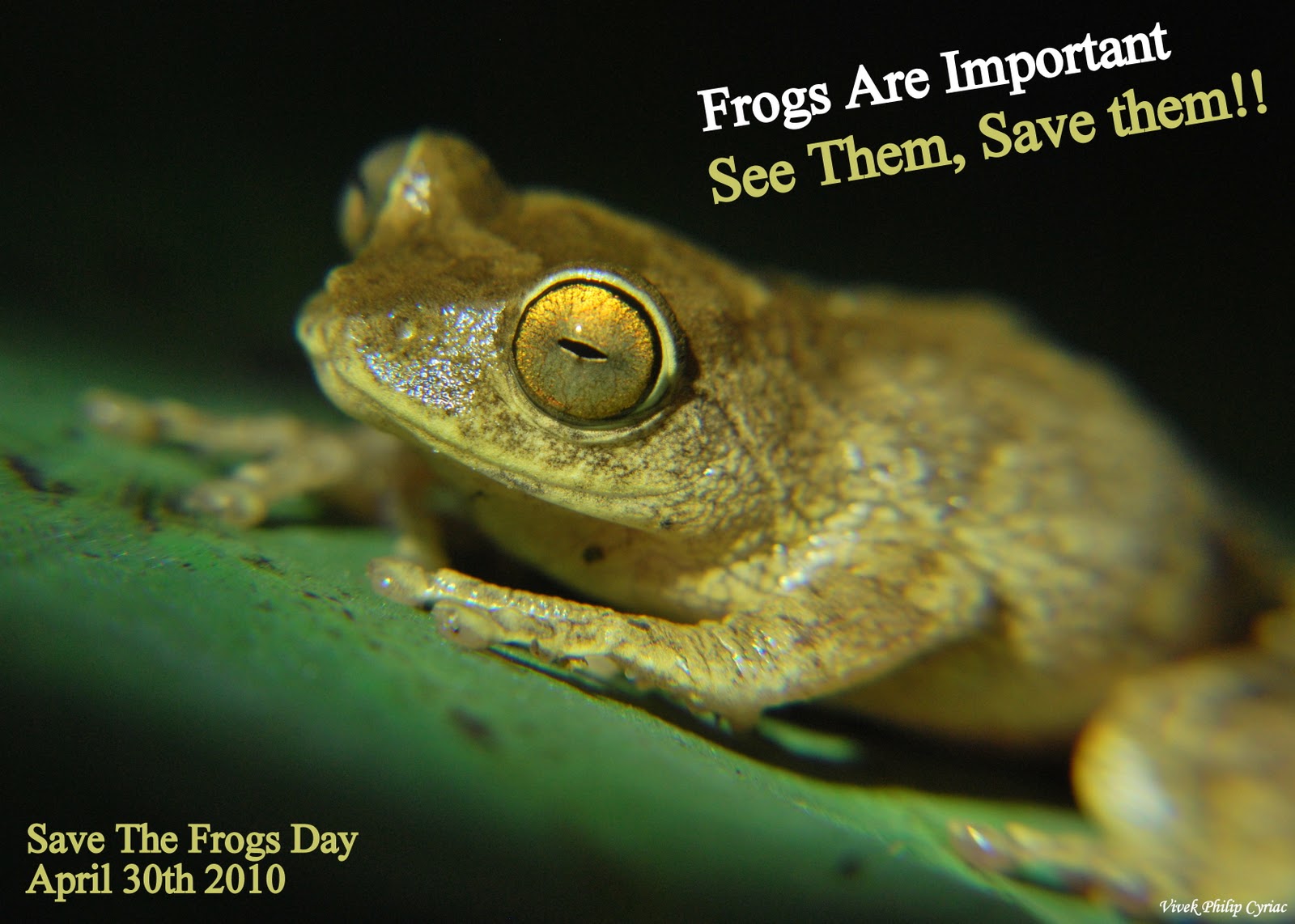“If you want to learn about the health of a population, look at the air they breathe, the water they drink, and the places where they live.”
– Hippocrates, the Father of Medicine, in the Fifth Century B.C.
It isn’t all that often that we think about the water that we drink everyday, and what it can do to our body besides benefit it. Somehow every now and then it can have a negative effect on our bodies, our health, and our future. In this case, it isn’t about it’s effect on us…. yet. Right now, it’s the effect on frogs.
Contamination. Pollution. Pesticides. All words we probably heard in Earth Science, right? Well turns out they actually play a pretty significant role in the environment, and right now these things are affecting our nation’s frogs, as noticed by a biologist not too long ago.
The research on the effects of the chemical atrazine on frogs began in the late 1990s, but interest can never cease to exist in the area of science. Based on a UC Berkeley endocrinologist’s work, Tyrone Hayes, in 1997 (the topic is still researched) it was found that the chemical atrazine affects male reproductive development in frogs. This would therefore lead to the battle between Syngenta and Hayes. Syngenta is the company that produces atrazine.
Atrazine is actually a widely used herbicide in the world, as well as a common contaminant in ground and surface waters, as noticed by the US EPA in 1994. It was then showed that atrazine induced hermaphroditism at the concentration of 0.1 ppb (parts per billion), something that Hayes had discovered via larval development. The effects of atrazine were collected on leopard frogs under controlled conditions in a lab, and the analyses addressed the ecological significance of these studies. While those animals in the controlled group were sexually differentiated by metamorphosis, the animals subject to atrazine, under 0.1 and 25 ppb concentrations, were sexually differentiated by the same state, but the males treated suffered from gonadal dysgenesis, which is the progressive loss of germ cells in the reproductive organs of an embryo, which, in the case of the following hormonal failure, may prevent the secondary sex characteristics of either sex. This results in infertility and sexually infantile female appearances, hence the hermaphroditic frogs.
If you think about the effect of chemicals such as atrazine on frogs, though, the problem most likely does not end here. These chemicals affect animals via water, not just frogs, but all animals, including humans. Therefore the effects of herbicide concentrations in water can cause changes such as those in the frogs for generations to come, and companies such as Syngenta do not help the matter. This is another idea that was also brought to attention by Hayes. While Syngenta proceeds to try and mute Hayes’ “lie-spreading” and on the atrazine website itself, they say that a careful analysis of the March 2010 publication of Dr. Hayes’ work found “weaknesses in his… misrepresentations in his citation of data from other studies”, and other examples such as that.
The use of atrazine should be banned as an herbicide, despite Syngenta’s constant denial of its effects on the frogs of the U.S. Long term effects of the herbicide (for example, over the span of multiple generations rather than 1 or 2), have still not been discovered. However, as I stated before, if it could affect the frogs just from being in the water supply, don’t think it couldn’t eventually affect us, too.
It is rather amusing to look at Syngenta’s argument, saying that Dr. Hayes’ research had misrepresented citations, when a matter such as this is brought to attention. However, before turning it away and saying it is just another attempt for those who want to stop “pollution”, this type of chemical contamination of ground and surface water not only affects frogs, but, even if it may not be known until the future, it may always affect human reproductive development, as well as native animals besides frogs.

